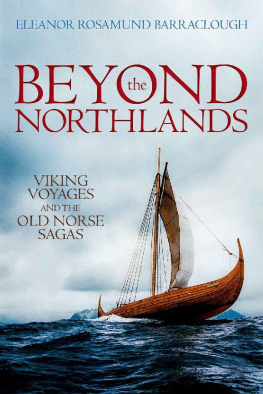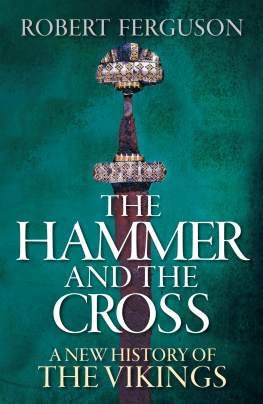Northmen
The Viking Saga
793-1241 AD
John Haywood
A note about spellings.
For the benefit of non-academic readers, in this book I have used established modern English or Scandinavian spellings for place-names and personal names. However, I have not thought it appropriate to commission anglicisms where none exist already and in these cases Old Norse forms have been used.
SCANDINAVIA

ENGLAND AND IRELAND

WESTERN EUROPE c. 800
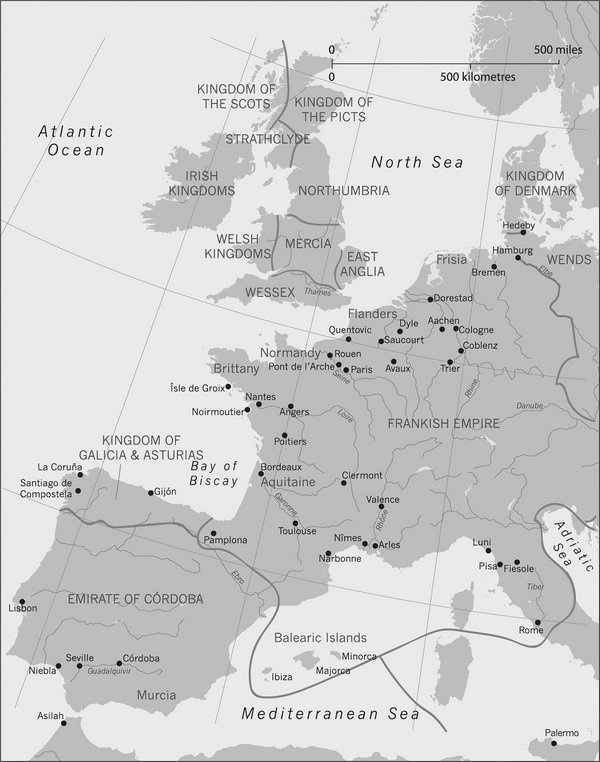
ICELAND

THE VINLAND VOYAGES
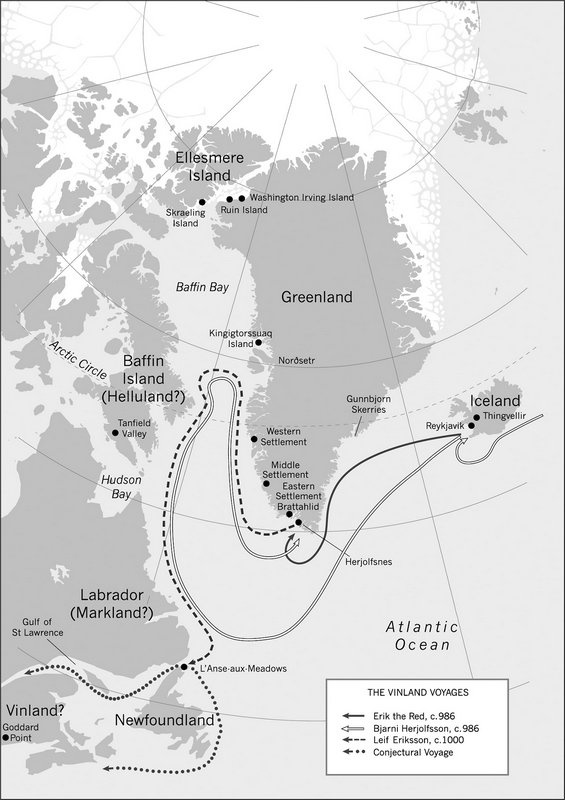
THE EASTERN ROUTES

CHANGING PERSPECTIVES ON THE VIKINGS
The Vikings were an unprecedented phenomenon in European history, not for any technological, military or cultural innovation that they contributed to in most respects they were really rather backward and even their shipbuilding methods were conservative but for the vast expanse of their horizons. No previous Europeans had ever seen so much of the world as the Vikings did. From their Scandinavian homelands, Vikings sailed east down the great rivers of Russia crossing the Black Sea to Constantinople and the Caspian Sea to reach Baghdad. In the west, Vikings were active along the entire coastline of Western Europe, founding settlements in Scotland, England, Ireland and France. Vikings even penetrated the Mediterranean to attack Italy and North Africa. Other Vikings crossed the Atlantic, leaving settlements along the way in the Faeroe Islands, Iceland and Greenland, to become the first Europeans known to have set foot in North America. It is these far-flung connections, and the daring spirit that created them, that give the Vikings their enduring appeal.
Attitudes to the Vikings have shifted over the years. The main chroniclers of medieval Europe were monks and understandably, as they were frequent victims of it, they dwelled on the Vikings plundering, burning and captive-taking (they had little to say about rape, perhaps because, as men, they had little to fear from them on that account, at least). Vikings remained frightening barbarians, on a par with the Vandals and the Goths who had plundered ancient Rome, until the ninteenth century era of national romanticism. The medieval image of the Vikings as all-conquering sea rovers came to be seen in a positive light. The Scandinavian kingdoms had become a European backwater, lacking influence on the world stage and playing no part in the global empire-building activities of countries like Great Britain and France. The temptation for Scandinavians to hark back to a more heroic era when it was they who bestrode the world was irresistible. It was in this period that the word Viking subtly changed its meaning. If they used the term, medieval writers used Viking specifically to describe someone who went vking (plundering), that is a pirate, and not necessarily a Scandinavian one at that. The word is thought originally to have meant men of the bays, perhaps because that is where pirates lurked hoping to ambush an unwary merchant ship. Under the influence of national romanticism, however, Viking became a synonym for early medieval Scandinavian and the usage has stuck. It was also during this era that Vikings were equipped with their romantically barbaric, but historically inaccurate, horned helmets (the error originated in the misidentification by early Antiquarians of Bronze Age horned helmets as Viking helmets). The helmets too have stuck in the popular imagination.
In the second half of the twentieth century this essentially military image of the Vikings came under increasing scrutiny. Archaeology uncovered evidence of peaceful Viking enterprise in the fields of crafts, trade, exploration and settlement, leading to a more balanced view of their lives. However, there was also a tendency to underplay the violent aspects of the Viking Age as mere monkish exaggeration. Partly, this was an over-reaction to the established view, and partly because after the two horrific world wars, conquest and empire-building no longer seemed such praiseworthy activities to Europeans. However, violence was always at the heart of the Viking Age, their trade was fuelled by the spoils of war especially their slaving activities and their peaceful settlements were preceded by bloody conquest. This book is not an attempt to paint a balanced picture of Viking life it has little to say about their artistic achievements, their everyday lives or the role of women, for example, rather it is intended to place the Vikings in their wider geographical and historical context, from their prehistoric pagan origins to their transformation into Christian Europeans. This approach reveals that the Viking Age begins and ends at different times in different places. In the English-speaking world the Viking Age is conventionally dated from around 793 (the sack of Lindisfarne) to around 1066 (the battle of Stamford Bridge) but history is not really so neat. In Scandinavia and the Baltic, the Viking Age was clearly underway more than a century earlier and, in many ways, had still not ended a century later. In the Scottish isles, the last recorded Viking raid did not take place until as late as 1240. In the Norse Iceland and Greenland colonies, Viking Age government institutions and social structures survived into the thirteenth century. The Vikings did not burst out of nowhere and they lived through a long twilight. It is a long journey that starts in Asgard at the creation of the world and ends at a wedding in fifteenth-century Greenland.
ASGARD
THE VIKING WORLD VIEW
Cattle die, kinsmen die, eventually you will die,
But glory never dies for the man who achieves it.
The foolish man thinks he will live forever,
If he keeps away from fighting;
But old age wont grant him a truce
Even if the spears do.
Hvaml, trans. Carolyne Larrington
Life for most Viking Age Scandinavians involved hard work on the land, constant insecurity and an early death in their thirties or forties. For those Scandinavians who chose to become Vikings in the literal sense of the word, that is a pirate or a plunderer, or who set out on voyages of trade or colonisation, life could be shorter still. All faced the very real prospect of drowning at sea as their fragile ships foundered in a storm or were smashed to matchwood against a rocky shore. Merchants always ran the risk of being attacked by pirates and for every Viking warrior who went home with a sack of silver or won a farm for himself on newly conquered land, there must have been at least another who was hacked to pieces on a battlefield or died of disease in an unsanitary winter camp. Vikings clearly were willing to take incredible risks in the quest to acquire land, treasure and fame. This daring and enterprising society was underpinned by a world view which actively discouraged the avoidance of risk. The world the pagan Norse inhabited did not exist to fulfil any purpose and, if it was true that the gods had created humans, they did so only for their own benefit, so that there would be someone to sacrifice to them. If mens lives were to have any meaning in this world, they had to provide it for themselves by achieving something for which they would be remembered.

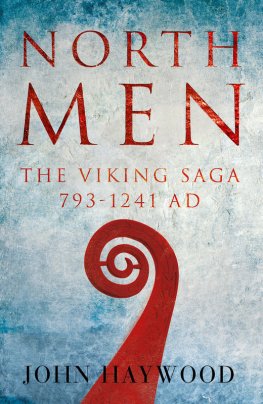

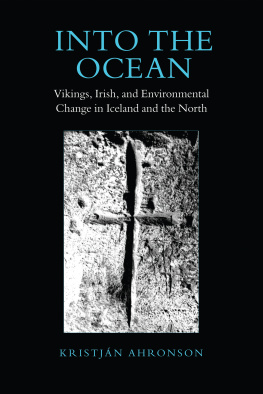

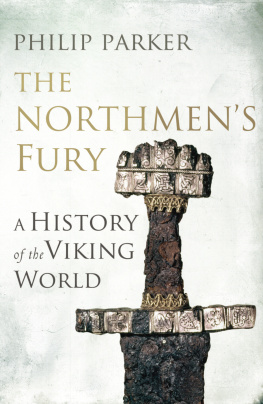
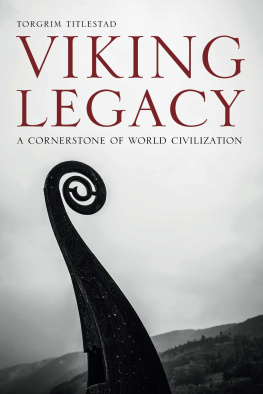

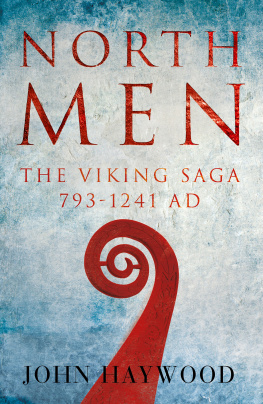

![Haywood - Viking: The Norse Warrior’s [Unofficial] Manual](/uploads/posts/book/98981/thumbs/haywood-viking-the-norse-warrior-s.jpg)
